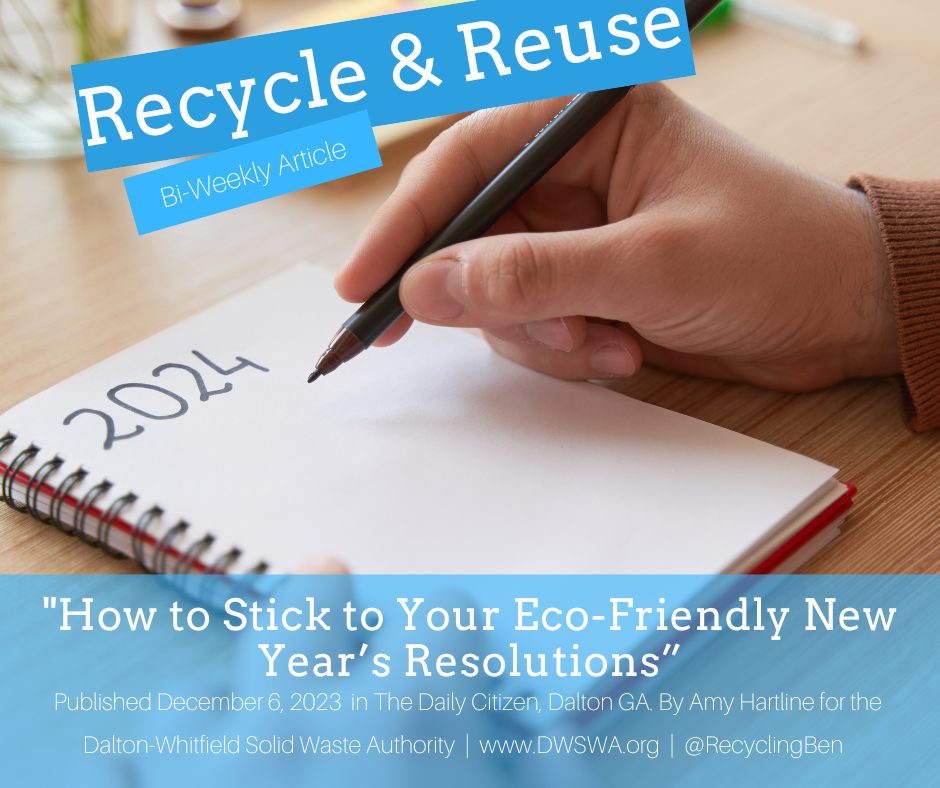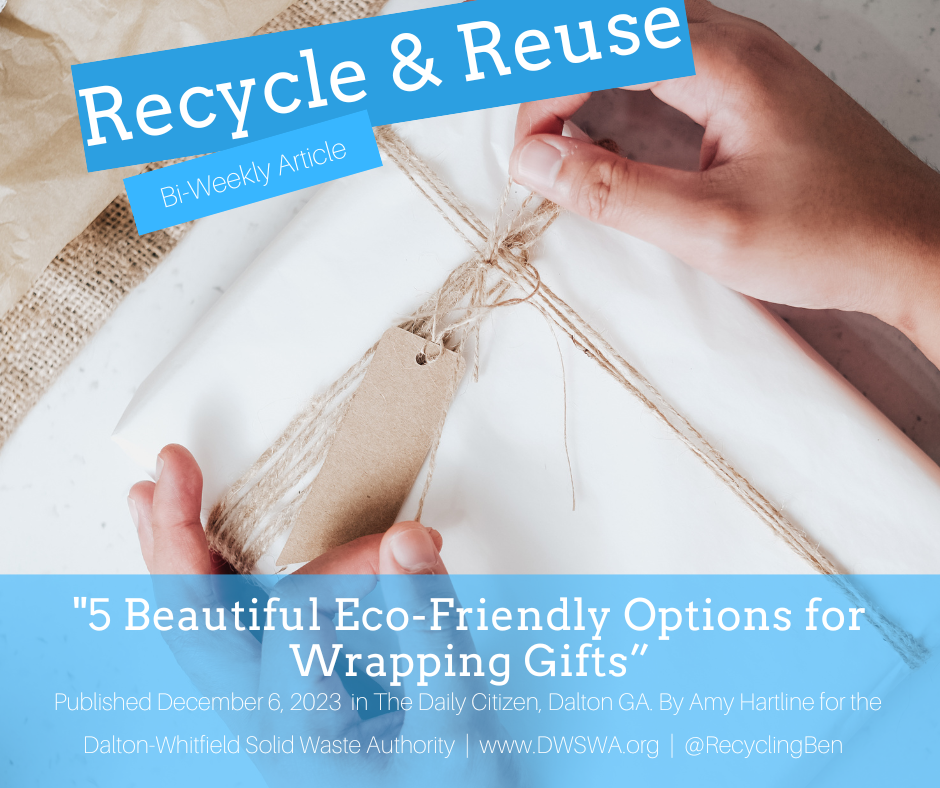Sharing Our Home With Endangered Wildlife
/How does what you do in your backyard hurt or help the animals that live in nature?
Dalton and Whitfield County residents in Northwest Georgia have endangered animals living among them. Read on to find out how we can help protect the wildlife that relies on our choices.
You’ve probably heard about wildlife suffering from endangerment or extinction. Most famously, the giant pandas were endangered for years until organizations worked diligently to improve their status to vulnerable. While they may not be as big as a panda, we share our home with numerous endangered creatures here in Whitfield County and there are ways we can help.
The Conasuaga River is one of the most biologically diverse rivers in the nation and is home to 10 species that are endangered or threatened and 20 that are at-risk. It is also one of the nation’s most threatened river basins despite its importance. The river acts as a border along the Whitfield and Murray line, and flows through the Cohutta Wilderness, Fannin County, Gilmer County, and Tennessee as well.
This Blue Shiner is one of the multiple endangered species that call the Conasauga River Home.
According to the Center for Biological Diversity, “North America has the highest diversity of freshwater mussels in the world.” Of North America’s mussel population, thirty-eight species are already listed as extinct and a dozen are believed to already be extinct as well.
The Georgia Pigtoe mussel is one of seven endangered mussels that inhabits the Conasauga River that is not yet extinct, but could be without care. This species now lives in only 27 miles of the world, all miles a part of the Conasauga River. The Conasauga Log Perch, Amber Darter, and Blue Darter are endangered fish that also only live in the Conasauga River. The trispot darter that lives in the Conasauga was added to the list of endangered fish in the river only two years ago in 2018 showing us that it is a current concern.
Getting the fish on the endangered list protects them from being caught or sold, but it doesn’t protect their habitat. Over time, a large amount of the banks of the Conasauga have collapsed due to being undercut, oversaturated, or over-steepened. Erosion and sedimentation have also harmed the Conasauga along with issues from the construction of Lake Weiss. As the river suffers, so do the wildlife that live in the Conasauga.
Because the Conasauga flows through agricultural areas, it is common for pesticides such as Roundup or chicken litter to end up flowing into it according to the Southeastern Aquatic Biodiversity Conservation Strategy.
Luckily, local land-owners and farmers have been receptive to ideas on how to protect the river. Once approached by the Fish and Wildlife and the USDA’s Natural Resources Conservation Service many of them have worked to make changes in their operations to protect it, even with a loss of profit.
We also know that fish and marine life are suffering from the ingestion of litter (particularly plastic) and entanglement. Both of these problems are caused by human activity and both issues can lead to the species’ death. This is particularly concerning for the endangered species residing in the Conasuaga River.
It is harder to stop litter from reaching the Conasauga than it is to work with local landowners in making business adjustments. Many of the landowners want to protect the river and make the necessary changes that they have control over. But ending litter requires everyone that could possibly enter the area to stop littering. A great goal to have, but a difficult one to achieve.
To help save the wildlife from ingesting plastic, getting tangled in litter, or having their homes filled with trash, we have a Conasauga River Watershed Cleanup each year on Make a Difference Day.
More than 10,000 pounds of garbage is typically removed during this event annually. This year’s event takes place concurrently from 9:00 am to noon on October 24th at eight different sites across both Whitfield and Murray counties. If you would like to help the endangered animals living near you, consider joining us for the annual cleanup this year. You can visit keepdaltonwhitfieldbeautiful.org to get directions to any area the cleanup is taking place.
Thanks to Rivers Alive, volunteers will be provided with neck buffs and the event will take place outside and be socially distant to help protect all attendees. This year, we can help protect the wildlife we live with and ourselves at the same time.
Amy Hartline is the recycling and education program coordinator for the Dalton-Whitfield Solid Waste Authority. Have a recycling question? Contact her at (706) 278-5001 or ahartline@dwswa.org.

































